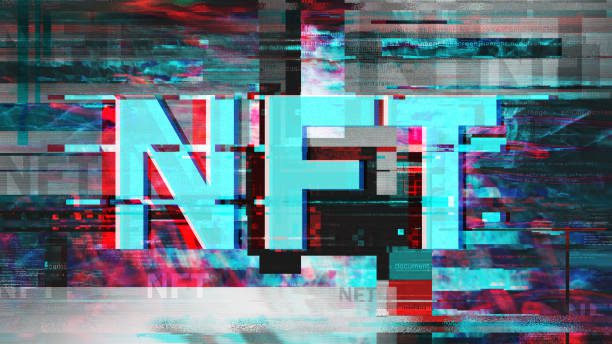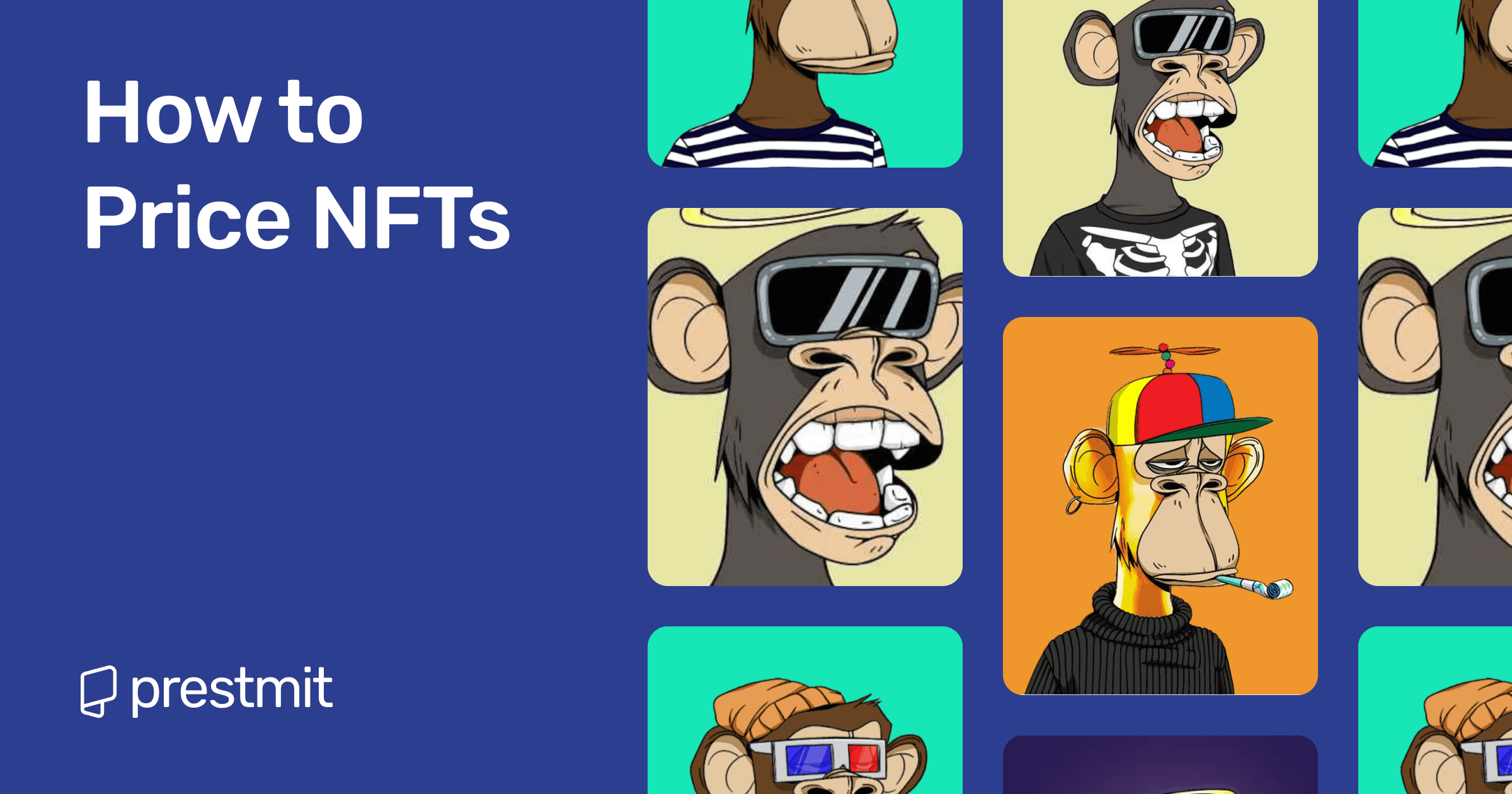Table of Contents
Non-fungible tokens (NFTs) have been around since 2014 but only saw a massive surge in mainstream interest during the 2021 boom. I remember the NFT boom in 2021, suddenly many people wanted to invest in NFTs. I also picked up interest in it because, as an aspiring investor, I didn’t have much to invest, and neither did I have the risk appetite of seasoned investors. I just wanted a low-risk and guaranteed returns investment. Since then, NFTs have grown from a niche experiment into a multibillion-dollar industry.
NFTs have shown that digital assets can carry real-world value as Beeple’s record-breaking $69 million NFT artwork sale at Christie’s and the explosion of collections like Bored Ape Yacht Club have shown.
At the same time, marketplaces like OpenSea, Magic Eden, Blur, and Rarible have made it easy for anyone to mint, list, and sell NFTs. But alongside the excitement, there’s also some confusion. One of the hardest questions for any creator (whether you’re a digital artist, musician, game developer, or brand) is how do you decide what your NFT is worth.
Pricing NFTs is not like pricing traditional art or physical goods. The market is volatile, demand shifts rapidly, and value is tied not just to the art itself, but also to scarcity, community, and even the blockchain it’s minted on.
If your price is too high, your NFT may never sell, and if your price is too low, you risk undervaluing your work or missing out on long-term revenue. In this article, we’ll take a look at factors you need to consider before setting a price, different pricing models you can use, break down how to sell NFTs step by step, share practical tips for success, etc..
What Determines NFTs Prices

1. The uniqueness and quality of your work
Just like traditional art, originality matters in NFTs. Beeple’s “Everydays: The First 5000 Days” sold for $69 million in 2021 not only because of the NFT hype at the time, but because it represented over 13 years of daily digital artwork. Collectors value creativity, innovation, and quality. If your work looks rushed or copied, it will be hard to justify a high price for it.
2. Market demand and trends
Generative art and profile picture collections (PFPs) like CryptoPunks and Bored Ape Yacht Club dominated in early 2021. But gaming NFTs, music NFTs, and AI-generated art started gaining traction later. If your NFT taps into current demand, you may price higher. But if you’re ahead of the trend, you may need patience before buyers recognize the value of your NFT.
3. Your reputation as a creator
A well-known artist, brand, or influencer can command higher prices. When musician Grimes released NFTs in 2021, she sold nearly $6 million worth in minutes because of her existing fanbase. New creators usually need to start lower to build credibility and gradually increase prices as their reputation grows.
4. Utility beyond art
Some NFTs come with additional benefits like access to exclusive content, events, or even future revenue-sharing. Bored Ape Yacht Club didn’t just sell images; owners got access to a private community, merchandise, future airdrops, etc. These utilities justified higher resale values. If your NFT has built-in utility, you can price it higher than a standalone digital file.
5. Blockchain and transaction costs
Ethereum remains the most popular blockchain for NFTs, but its gas fees can be high. In some cases, the gas fee to mint or transfer an NFT is higher than the NFT’s selling price and this can discourage buyers. Alternatives like Polygon, Solana, and Tezos offer lower costs and this makes cheaper NFTs more practical. Always consider how the blockchain choice impacts final pricing.
6. Historical Data and Comparisons
Look at similar NFTs in your category. If similar artists or projects are selling pieces for let’s say $100-$200, it may be unrealistic to list yours at $5,000 unless you have a strong reason. Market research provides benchmarks that help you to avoid mispricing.
Pricing Models for NFTs
1. Fixed price
This is a simple “buy now” model where you set the price and buyers buy instantly. This is good for beginners or for items where you know the value. For example, many creators on Rarible and OpenSea sell artwork at fixed prices like 0.05 ETH ($80-$100 depending on the market).
2. Auction pricing
Auctions allow the market to decide the value of your NFT. The two main types of auction pricing are:
- English auction (Rising bids): Starts low, ends with the highest bidder. Beeple’s Christie’s sale used this method.
- Dutch auction (Falling price): Starts high and drops until someone buys. This was used in Art Blocks Curated collections, where early buyers paid a premium.
3. Floor pricing for collections
This price is most suitable for large projects (like 10,000 PFP collections); creators set an affordable “floor price” to encourage adoption. CryptoPunks initially gave away NFTs for free in 2017 but floor prices had reached over $200,000 during the bull market by 2021.
4. Tiered pricing
Selling NFTs in different price brackets helps reach multiple audiences. For example, an artist might sell 10 NFTs for $50, 10 for $500, and one special edition for $5,000. This captures casual buyers and serious collectors at the same time.
5. Dynamic pricing
Some NFT projects use algorithms or smart contracts to adjust pricing in real time. For example, every time an NFT sells, the price of the next one increases slightly. This rewards early buyers and creates urgency.
6. Free mint with royalties
Many 2022-2023 NFT projects used the free mint with royalties pricing strategy. They allowed people to mint NFTs for free, making it easy to attract buyers. The creators then earned royalties (usually 5-10%) on secondary market sales. Azuki’s free “BEANZ” airdrop, which later sold for thousands on secondary markets is a good example of this.
How to Sell NFT
- Choose a blockchain: There are many blockchains you can choose from like Ethereum, Polygon, Solana, and Tezos. Do your research and choose the one that is the best fit for your NFT.
- Set up a wallet: You’ll need a crypto wallet like MetaMask (for Ethereum/Polygon), Phantom (for Solana), or Temple (for Tezos). This wallet stores your NFTs and receives payments.
- Choose a marketplace: The next step is to choose the marketplace where you’ll sell your NFT. Options include OpenSea, Rarible, Magic Eden, Blur, etc.
- Mint the NFT: “Minting” turns your digital file into a blockchain asset. Some marketplaces allow lazy minting, meaning the NFT is only minted when bought and this reduces its upfront fees.
- Set pricing and royalties: Choose a fixed price, auction, or another model for your NFT. Set royalties (usually 5-10%), which pay you on every resale.
- Market your NFT: Listing isn’t enough. You’ll need to promote on Twitter, Discord, Instagram, and niche NFT communities. Consistent engagement builds trust and drives sales.
- Finalize the sale: The blockchain records the transaction once you sell your NFT and you receive funds in your wallet. Always account for platform and gas fees.
Tips for Selling NFTs Successfully
- Tell a Story: Collectors love narratives. Bored Ape Yacht Club became more than images; it told the story of an exclusive digital “club.”
- Offer Utility: Think beyond artwork. Give holders perks, whether it’s access to events, merchandise, or future drops.
- Engage with Community: Join conversations on Twitter Spaces or Discord. NFT buyers often invest in creators they know personally.
- Leverage Collaborations: Partner with other artists or influencers to expand reach.
- Time Your Launch: Avoid launching during crypto downturns or when major projects dominate attention.
- Reward Early Buyers: Airdrops, discounts, or recognition keep early supporters loyal.
- Consistency Matters: Regular drops build familiarity and strengthen your brand.
Frequently Asked Questions (FAQs) on Pricing and Selling NFTs
What’s the best pricing model for beginners?
Fixed price is the best pricing model. Start with affordable listings to build your reputation.
Can I reprice an NFT?
Yes. If it doesn’t sell, you can relist at a new price.
How much royalty should I set?
5-10% is standard royalty and anything higher may discourage trading.
Do I need to be famous to sell NFTs?
No. Many unknown artists build followings through consistency and community engagement.
Can NFTs lose all value?
Yes. Many collections from 2021 are now worthless. That’s why pricing and community are important.
Conclusion
Pricing and selling NFTs isn’t rocket science but you need to balance your creative vision with market dynamics. Successful creators consider uniqueness, demand, reputation, scarcity, and utility before setting a price for the NFTs. Selling NFTs also means more than just listing them. You must engage with communities, market your work, and build trust with buyers. At the same time, you must avoid mistakes like overpricing, ignoring fees, or neglecting promotion will improve your chances of success. Understanding these strategies is the first step toward making your digital creations valuable in the eyes of collectors whether you’re aiming for a modest income stream or the next big NFT project.
Last updated on October 3, 2025

